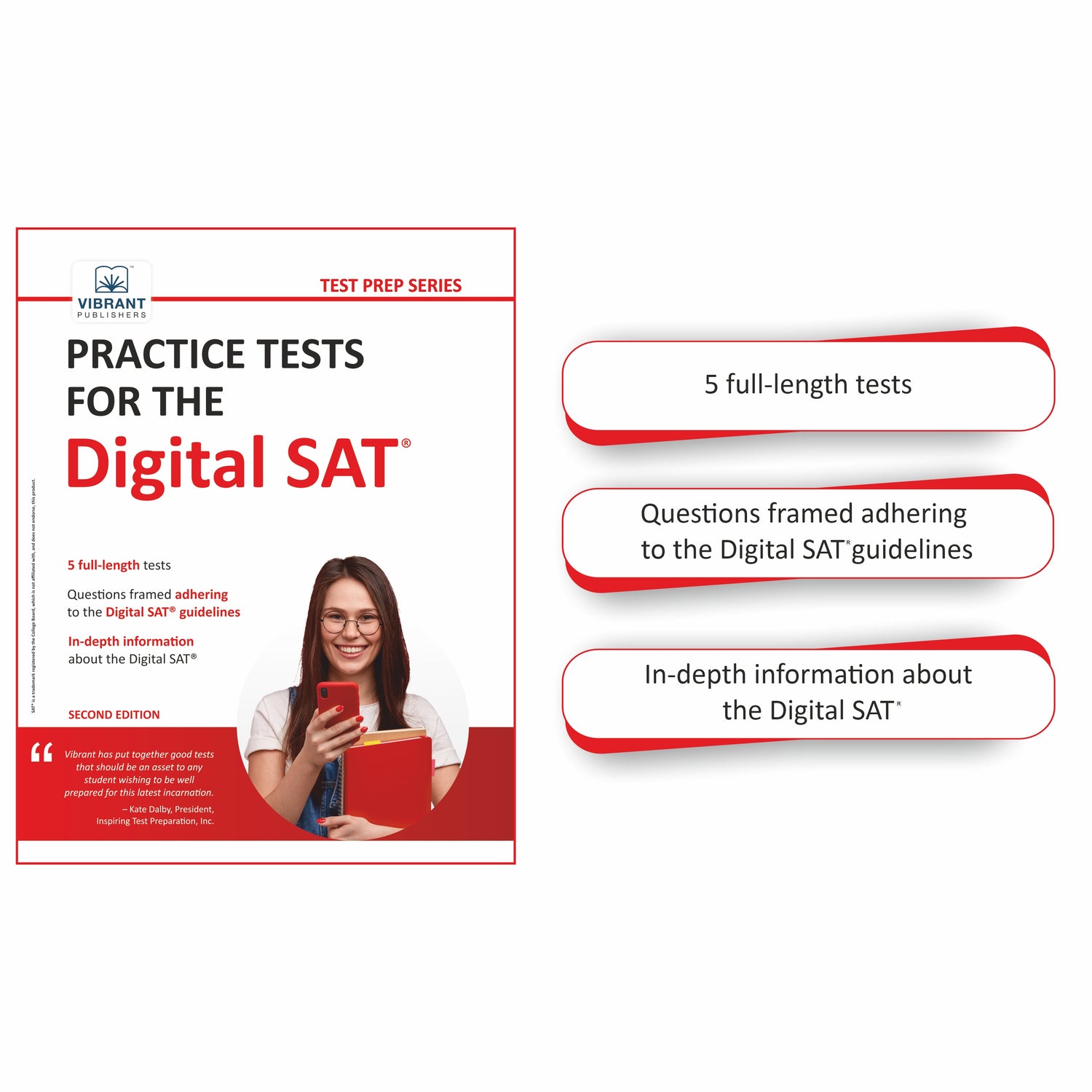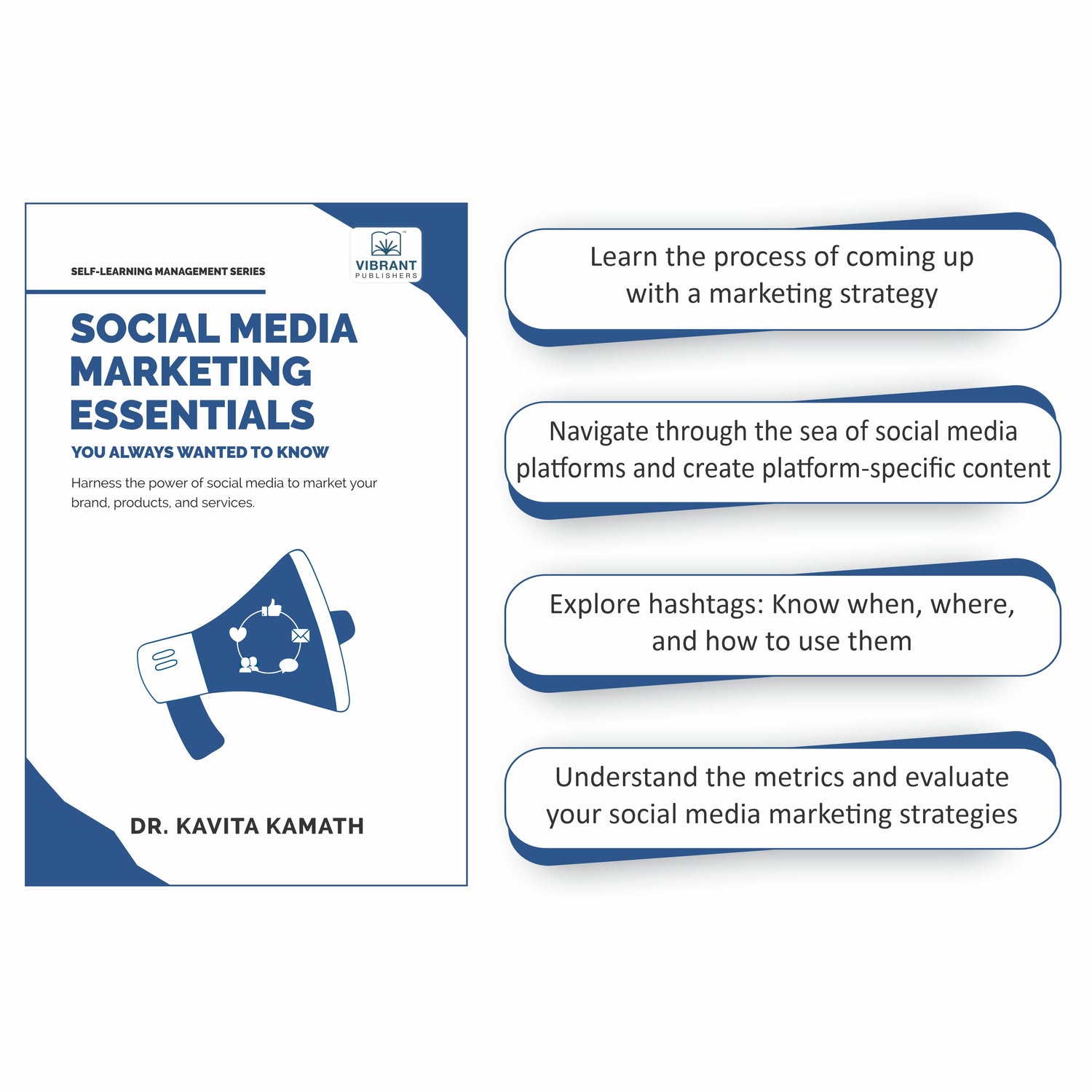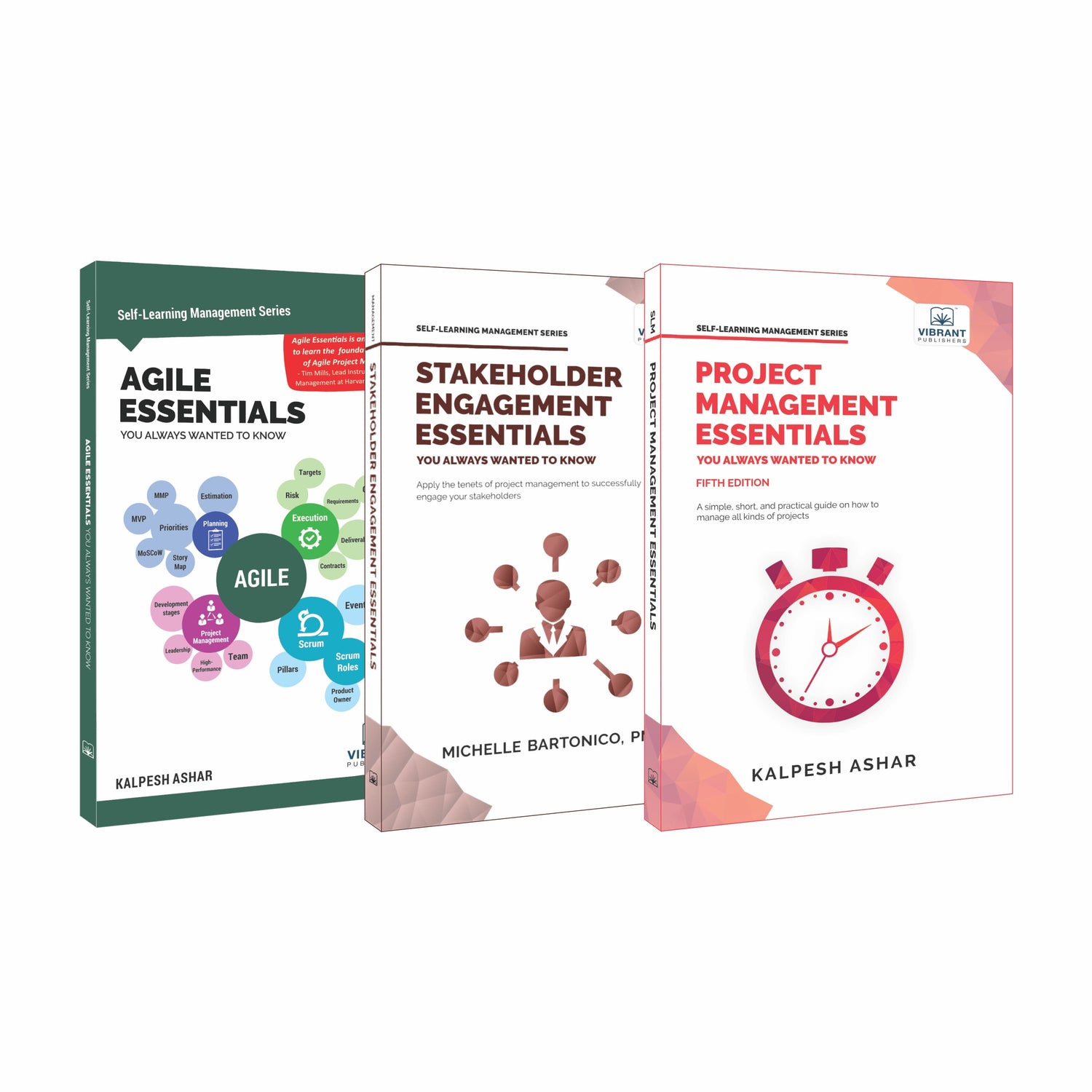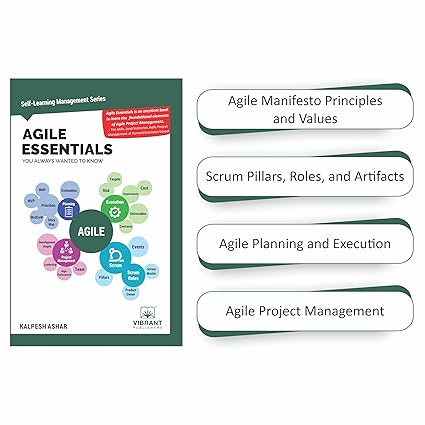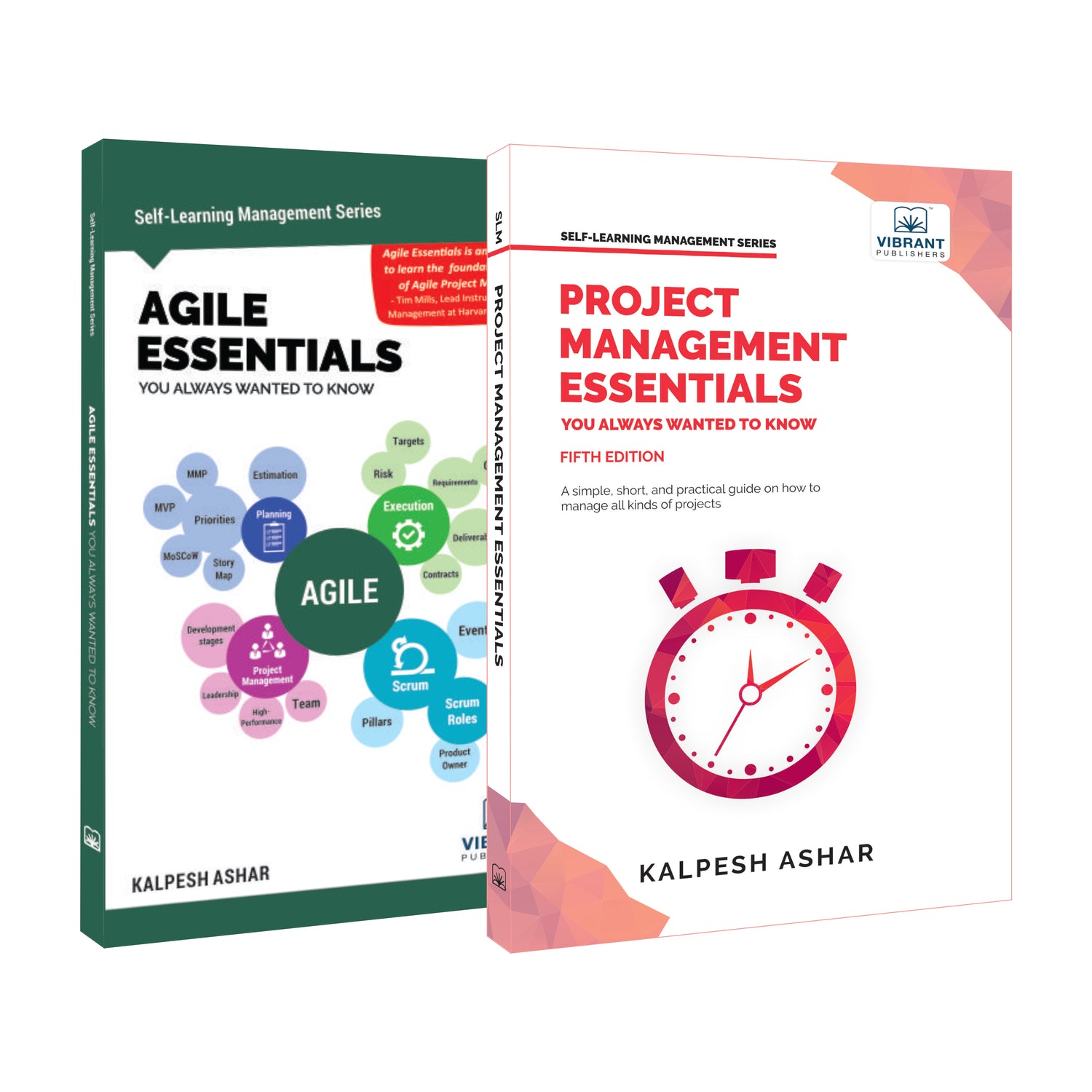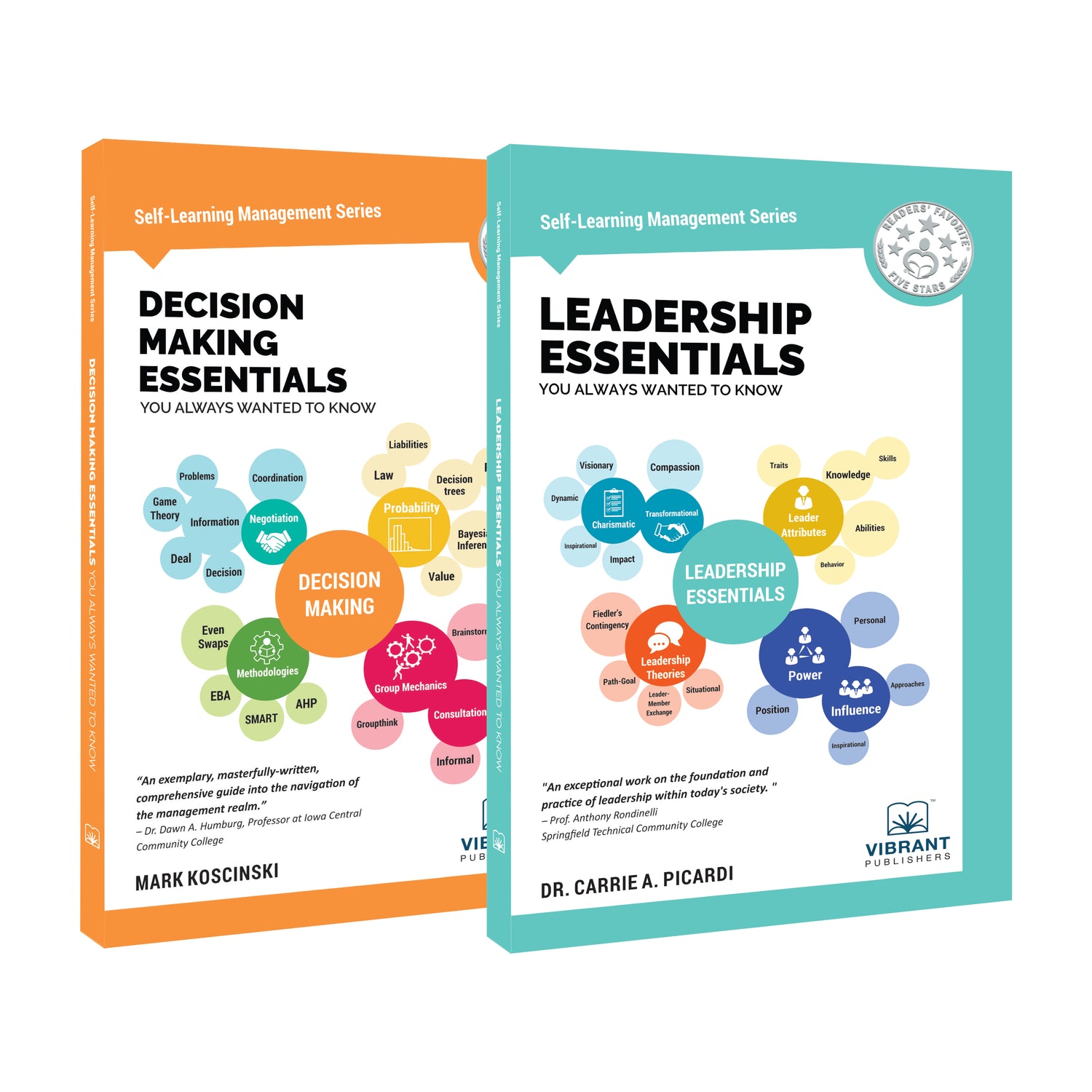
Overview of SAT
Did you know that the SAT was invented as a part of assessing the intelligence of recruits in the US Army? Over time, the SAT became a standardized test used by colleges to gauge a student’s understanding of the concepts previously learned. The SAT is a test taken by students in the US and globally. But many questions still confuse the test-taker like what is tested? And how is it scored? Read on to find answers to the questions.
-
What is the SAT?
SAT or the Scholastic Assessment Test is one of the two tests (the other being the ACT) that is used to test your readiness for college. The test is designed to evaluate your ability to apply the concepts previously learned in school, in a timed-testing environment. However, it does not test your intelligence but how well you do in a stressful situation.
The test is divided into three sections - Reading, Writing and Language, and Math. It is a 3-hour long test with breaks between sections. The colleges use the SAT as a predictive analytic tool to evaluate the student’s basic abilities that are needed to enter undergraduate programs. It is a pencil-paper test and not an online one. Some colleges also prefer the ACT over SAT so ask your desired colleges about the test they need you to take.
-
Who takes the SAT?
Students seeking admission to colleges in the USA and Canada appear for the test. They are students usually from the 11th or 12th grades that are seeking admission to undergraduate programs.
-
What is tested?
The SAT tests the student in three areas -
- Evidence-based reading - The first section that is tested on the SAT is the Evidence-based reading. This section comprises 52 questions based on 5 passages that have to be answered within 65 minutes. The passages range from genres like literature, history, social studies, and science. For these passages, different types of questions are asked, which include;
- Main idea
- Detail questions
- Inferences
- Author’s purpose and technique
- Vocabulary
- Analogy
- Data reasoning
- Evidence Support
Remember, this section wants to test your ability to focus on the big picture as well as the small details in a timed environment. Therefore,
- It would be wise to first attempt to solve the passages of the subject that you have relatively more grasp over.
- Read the passages in a way that gives answers to the questions rather than going through the entire passage.
- Keep the main idea question for last as you will get an idea of what is the passage about until that time.
- Writing and Language - The next section tested is the Writing and Language section. You get 35 minutes to answer 44 questions. You will be provided with 4 passages from genres of careers, humanities, social studies, and science, accompanied by 11 questions. In this section, you get a chance to point out grammatical mistakes like missing punctuation, wrong sentence building, and an incorrect choice of words and make the necessary corrections. Graphics for paragraphs on science are also provided so make sure you understand the meaning of them and answer the questions accordingly.
When attempting the questions:
- Always use grammar rules to guide the way.
- Eliminate the wrong answers first; it will help you narrow down your options.
- Read the questions and paragraphs carefully as they tend to be tricky sometimes.
- Math - The math section includes 58 questions that are divided into two parts. The first part is the No Calculator section with 20 questions to be solved in 25 minutes. The use of a calculator is allowed in the second part. The second part contains 38 questions that take 55 minutes to solve. The math section is divided into four domains
- Heart of Algebra (ratios, percentages, and proportional reasoning)
- Problem Solving and Data Analysis (linear equations, systems of linear equations, and functions)
- Passport to Advanced Math (linear equations, functions, and systems)
- Additional Topics in math (geometry, trigonometry, complex numbers, and radian measures)
Keep these things in mind while attempting the questions in the math section -
- Practice math questions from all the domains as much as possible. With the help of our newly launched SAT Math Practice Questions book, you will get the additional practice that you need. It contains 350 practice questions along with 1 full-length test.
- Memorize basic as well as important formulas
- Don’t miss out on the last step like converting inches to feet which can cost you your marks.
-
How is it scored?
The SAT score is the summation of two sections - Evidence-based Reading and Writing (EBRW) and Math. Note that the Reading and Writing and Language section is clubbed together to form one section while calculating the test score.
For each section, you can score between 200 - 800 so for the overall test, you can score between 400 - 1600.

Sample conversion chart by collegeboard.org
The calculation of the test score is a bit tricky. First, a raw score (actual number of questions that you get right) is found. Then the test score (between 10 and 40) of the Reading and Writing and Language section is added. The sum is then multiplied by 10. That is your section score for EBRW. For the Math section, the corresponding score on the chart is the section score. The total score of the test is calculated by adding the two section scores.
Confusing, right? Let’s take an example where Sonia appears for the SAT and gets a raw score of 42 (she got 42 answers correct). According to the conversion chart, her test score for Reading is 34 and 38 for Writing and Language. Upon adding the two test scores, she gets a score of 72. Now, when she multiplies 72 by 10, she gets a section score of 720.
Similarly, her Math section score is 630 according to the conversion chart. To calculate the total score that she received on the test, she adds the two section scores (720+630) and hence gets a total score of 1350.
-
Terms you should know
College Board - College Board is the organization that conducts the SAT. It is the manager of the test and provides great resources for understanding the application process and provides information about the test structure, scoring, and tips for writing the test. The scores of the test are released on College Board’s website and it can also send your test scores to your chosen colleges.
ACT - The ACT (American College Testing) is similar to the SAT and many colleges prefer students take the ACT. When the SAT was redesigned, its content became similar to the ACT. Consult your colleges of choice to know which test they prefer.
Superscore - Suppose, a student takes a test 2 times. On the first test, he scores less in the math section but more in the writing and language section, and on the second test, he gets a higher score in the math section. So, a superscore is the combination of the best section scores. Some colleges ask the students to submit the scores of all the tests that they have taken, to evaluate the superscore.
Find 5 full-length tests, 770 questions, and detailed answers and explanations in our newly released edition of Practice Tests for the SAT. Lastly, manage your time efficiently and don’t be dejected if you don’t clear the test in one go as there’s always a second time.
Share


